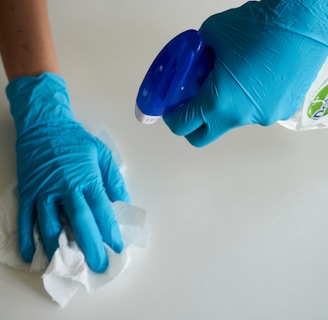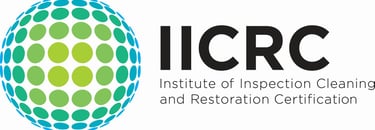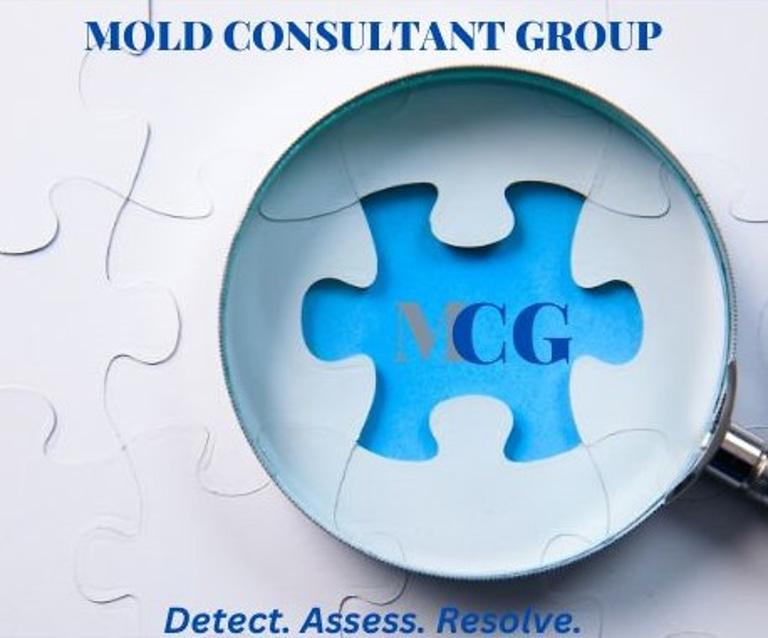Why You Should Never Use Bleach for Mold Cleaning
Discover the reasons why using bleach for mold cleaning is not effective. Learn safer and more effective mold cleaning tips to protect your health and home.
3/27/20252 min read


Why You Should Never Use Bleach to Clean Up Mold
Serving The Woodlands, Spring, Conroe, Magnolia, Tomball, Cypress, Willis, Montgomery & North Harris County
📞 Call Mold Consultant Group at (832) 280-4747
When mold shows up in your home, your first instinct might be to grab a bottle of bleach. After all, bleach is a powerful disinfectant, right? While it may seem like a quick fix, bleach is not the right solution for mold cleanup — and it can actually make the problem worse.
At Mold Consultant Group, we specialize in independent mold assessments, testing, and clearance inspections, and we’ve seen the long-term damage caused by well-intentioned but misguided DIY mold cleanups using bleach.
The Truth About Mold and Bleach
Bleach is marketed as a cleaner that “kills mold,” but in reality:
It only removes surface-level mold discoloration
It does not penetrate porous materials (like drywall, wood, or insulation)
It leaves behind moisture, which feeds mold growth
This means you may think the mold is gone, but it’s still growing — just out of sight, behind walls or beneath surfaces.
4 Reasons to Avoid Using Bleach on Mold
1. Bleach Doesn’t Kill Mold on Porous Surfaces
Mold typically grows on porous materials like drywall, ceiling tiles, wood framing, carpet, and insulation. Bleach cannot soak into these surfaces — so it won’t reach the root of the mold colony.
Instead, it may only lighten the stain, giving a false sense of success while the mold regrows behind the surface.
2. Bleach Contains Excess Water
Bleach is made mostly of water — and mold thrives in moist environments. When applied to porous materials, the chlorine evaporates quickly, leaving water behind to fuel more mold growth.
3. Bleach Can Damage Building Materials
Regular use of bleach can deteriorate drywall, corrode metal, and weaken wood. It’s not designed for safe long-term use on home construction materials and may cause more harm than good.
4. Toxic Fumes & Health Risks
Bleach releases strong, toxic fumes that can irritate your eyes, skin, and lungs — especially in enclosed spaces. For people with asthma, allergies, or chemical sensitivities, using bleach indoors can pose serious health risks.
What You Should Do Instead
If you’ve discovered mold in your home or business, the safest first step is to get a professional mold assessment. At Mold Consultant Group, we do not perform remediation — our focus is on independent testing, accurate assessments, and post-remediation clearance, ensuring unbiased, trustworthy guidance.
Here’s what you should do if you spot mold:
✅ Avoid disturbing or wiping it with bleach or chemicals
✅ Do not try to paint over it or cover it up
✅ Contact Mold Consultant Group at (832) 280-4747 for a licensed mold assessment
We’ll test the air and surfaces, identify the type and extent of mold growth, and provide a detailed protocol so that a professional remediator can address it properly and safely.
Serving Your Area with Integrity & Expertise
Mold Consultant Group proudly serves The Woodlands, Spring, Conroe, Magnolia, Tomball, Cypress, Willis, Montgomery, and North Harris County. Whether you’re a homeowner, property manager, landlord, or tenant, we’re here to help you make informed, safe decisions about mold in your environment.
🛑 Don’t Bleach It — Test It.
Your health and your home deserve better than a temporary fix.
📞 Call us today at (832) 280-4747
🌐 Request an inspection at www.moldconsultantgrp.com
Let us help you get to the source of the mold, so it can be safely and permanently removed.
Mold Consultant Group, LLC
Services
Contact
info@moldconsultantgrp.com
832-280-4747
© 2025. Mold Consultant Group All rights reserved.
Mold testing and identification
Mold assessments
Mold Protocols
Comparative remediation and repair estimates
CAD floor plans and measurements




